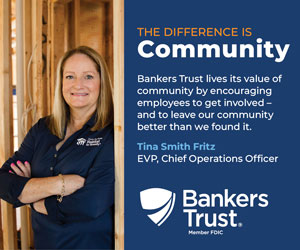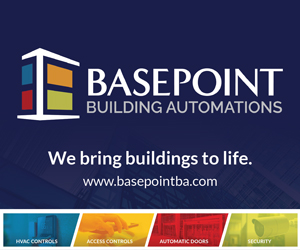Time to look at health-care options?

Iowans are no strangers to the challenges presented by the cost of health insurance. Ask anyone who works for a small business, and they’ll tell you coverage is hard to come by. According to the Kaiser Family Foundation, just 59 percent of small firms offered employee health benefits in 2005. Among the smallest employers (fewer than 10 workers), the percentage plummets to 47 percent. Alarmingly, these percentages are dropping annually by nearly 5 percent.
One of the most successful solutions for employers searching for affordable employee coverage is the consumer-driven health movement. By implementing CDH and changing plan designs, small businesses can achieve immediate reduction in premiums as well as tax advantages.
Yes, raising deductibles increases risk for employees, but it also reduces monthly premiums. Employers reduce premiums to continue offering benefits and to involve employees in their health-care decisions, and they can contribute direct funds to assist workers in financing their health care.
The most popular CDH approach is the Health Savings Account, which allows employees and their employers to put away money for future health-care expenses on a tax-free basis. The money in such accounts belongs to the employees; they can take it with them when they change jobs or retire.
Another consumer-driven health plan model — the Health Reimbursement Account — is less known among small businesses but equally effective. Funded solely by the employer, this account remains with the employer when a covered employee leaves.
Since 2002, mid-sized and large employers have been using HRAs to realize significant cost savings and advance consumer engagement, and employers across Iowa, regardless of size, can realize similar benefits. One approach would be for employers to pair a non-taxable HRA with an insurer’s medical plan. Employers determine the funding level of the HRA, which employees apply toward health-care purchases.
Early results show that employers with HRAs consider making higher contributions — typically $1,000 or more – to employee accounts. Conventional wisdom suggested small businesses would contribute less than that, because they have fewer dollars available.
It makes complete sense, because as employers spend less on premiums, they can afford to pump part of that savings into their workers’ accounts. This ensures that workers have access to funding for medical expenses. Couple that with preventive-care coverage and consumer-based tools designed to give individuals more information about their health-care options, and it is likely to encourage wise health-care and lifestyle choices.
Larger employers have seen such results. A UnitedHealth Group study of 20,000 HRA enrollees found that they were more likely than individuals with traditional health plans to utilize preventive services and less likely to use emergency services, specialist visits, outpatient surgery, radiology and lab services. This illustrates a more selective, responsible use of health services. Those trends should hold true among smaller businesses as well.
By offering an HRA, a small business will have lower premiums, tax advantages, easy HRA administration with automatic rollover from the health plan to the HRA fund, and unique employer design options that fit the specific needs of individual small businesses. At the same time, they can help make health care more affordable and more accessible for their employees.
Though there is still no silver bullet to end the health-care affordability crisis, all Iowa residents deserve a basic level of health-care coverage. Until the system undergoes fundamental changes, HRAs have the potential to help make that vision a reality for small businesses and their employees.
William Tracy is the president and chief executive officer of UnitedHealthcare – Heartland, which includes Iowa. His office is in Overland Park, Kan.







